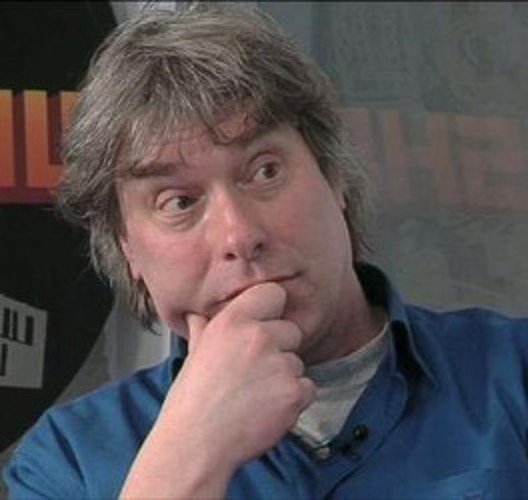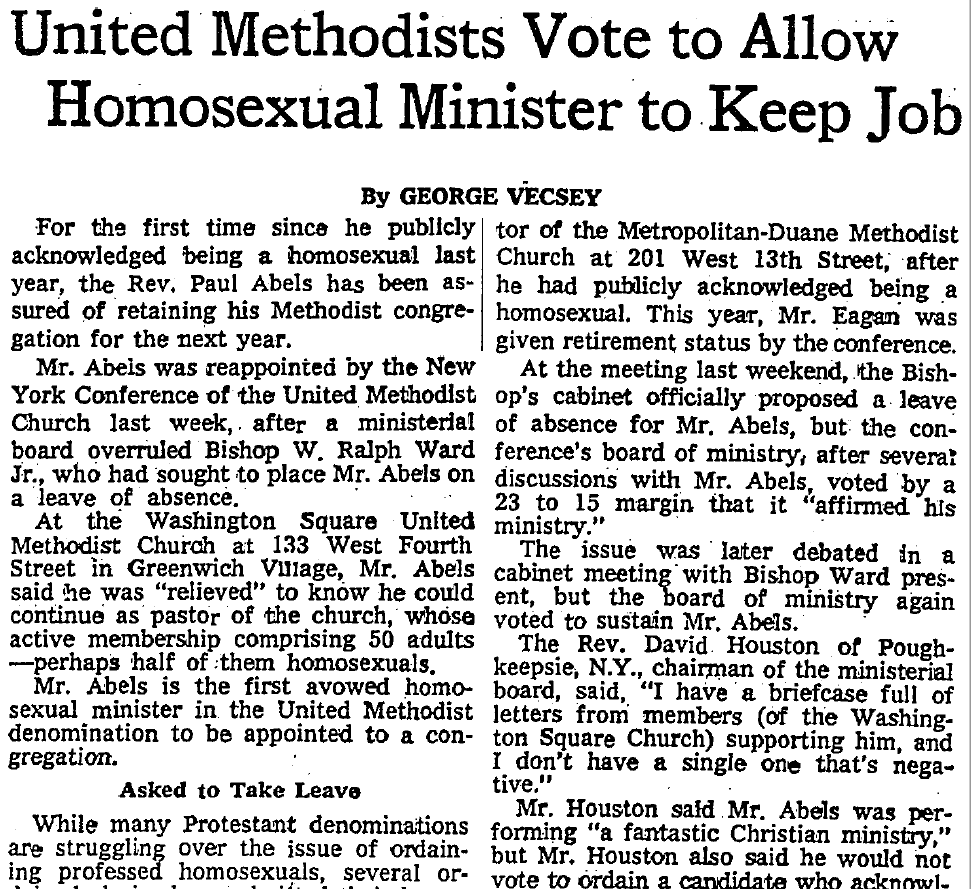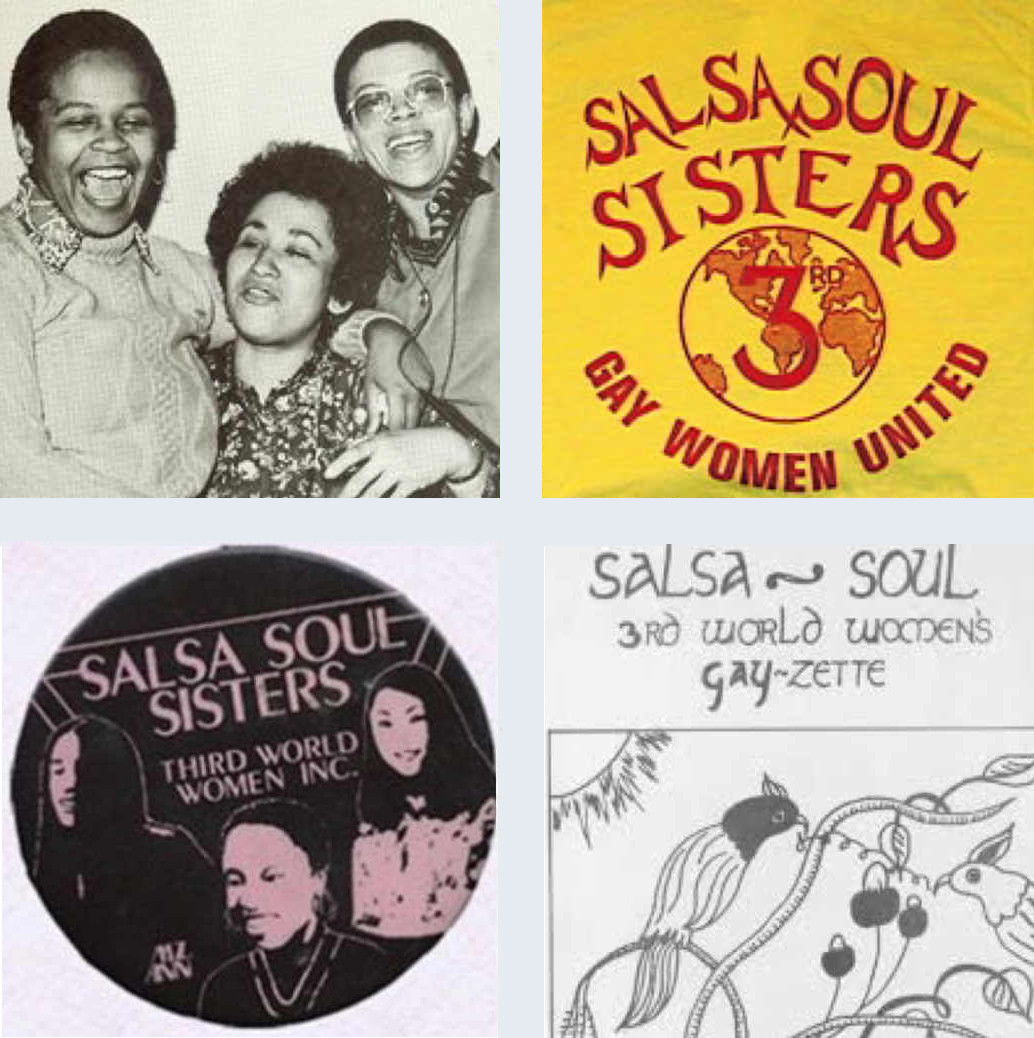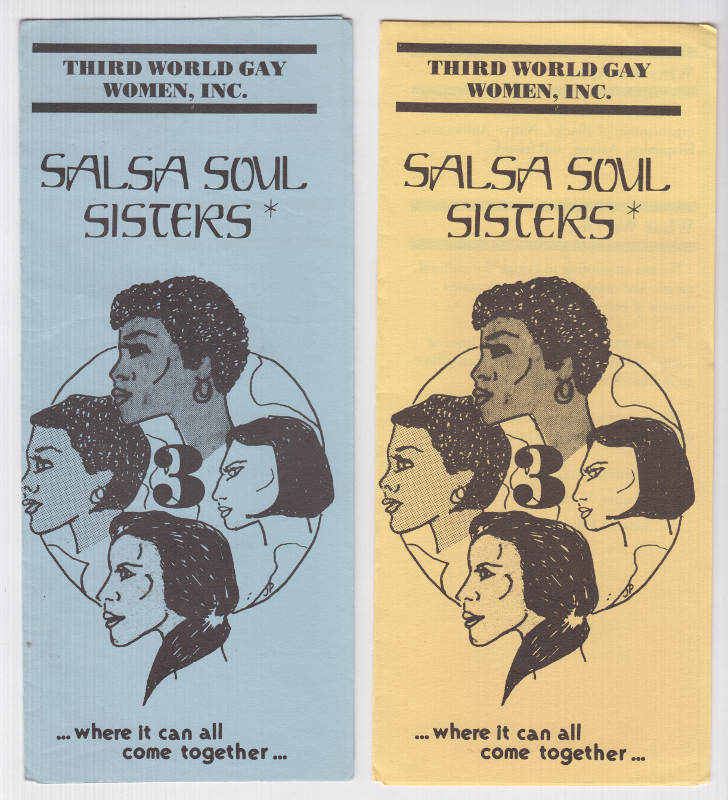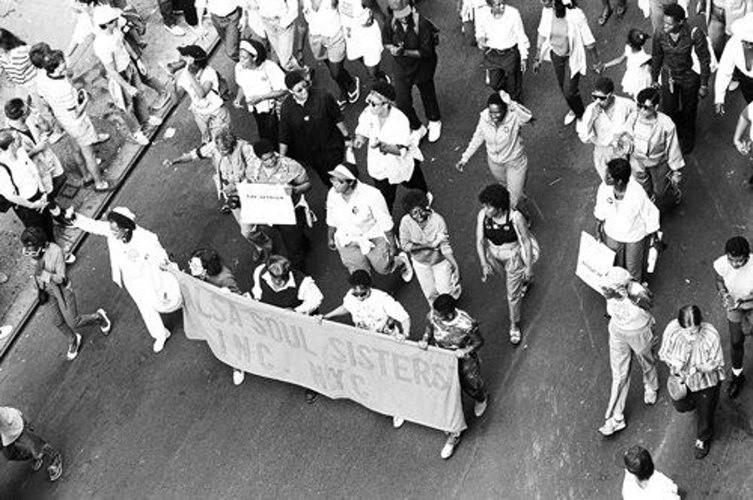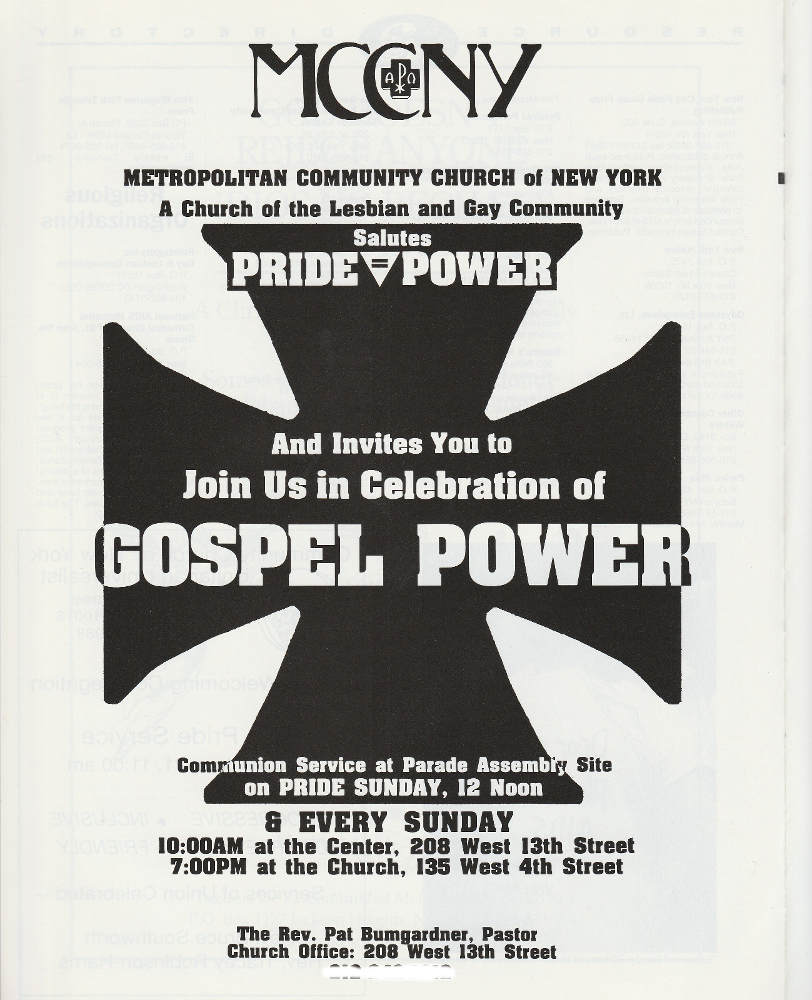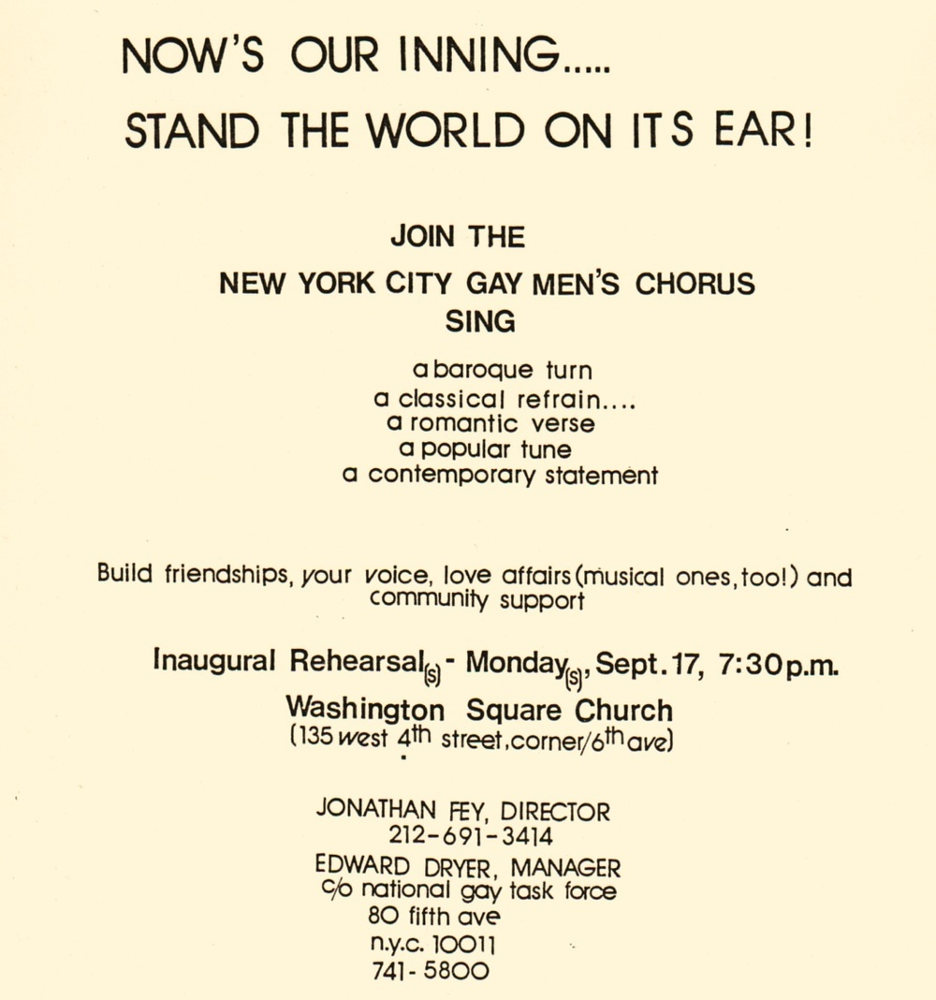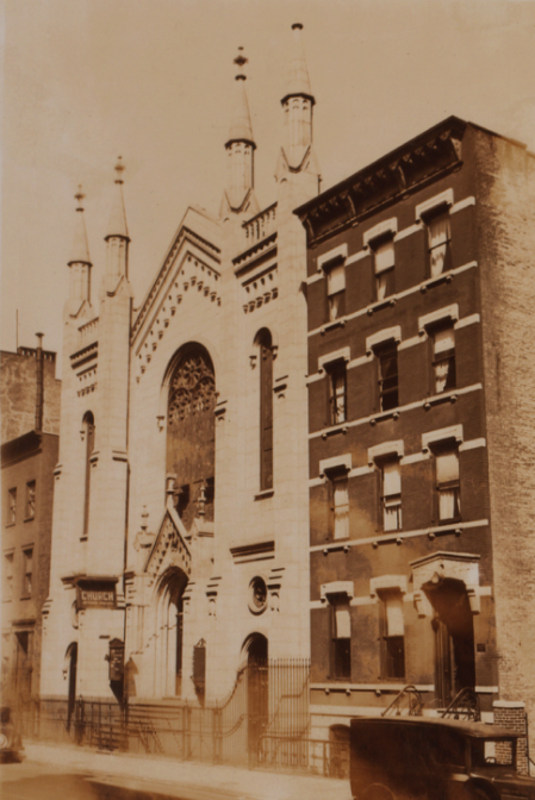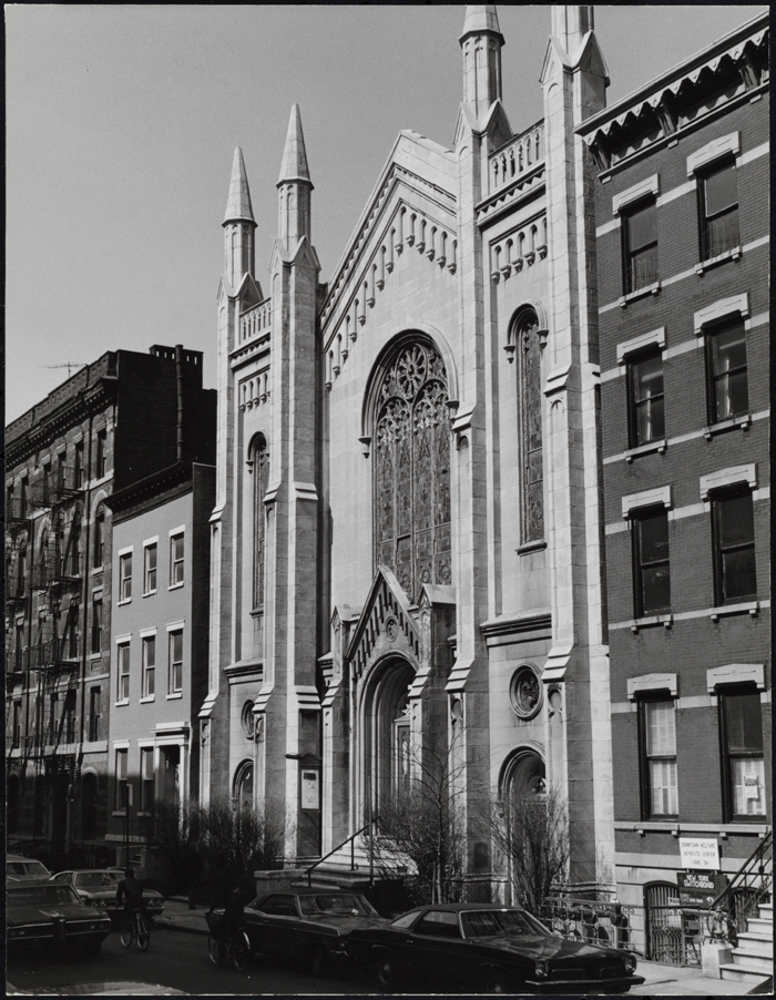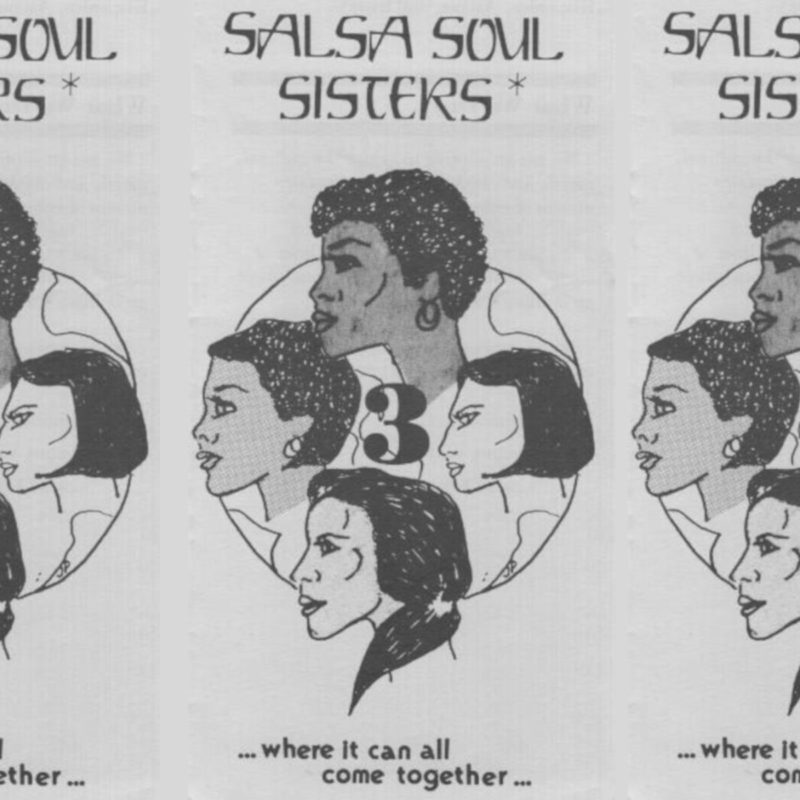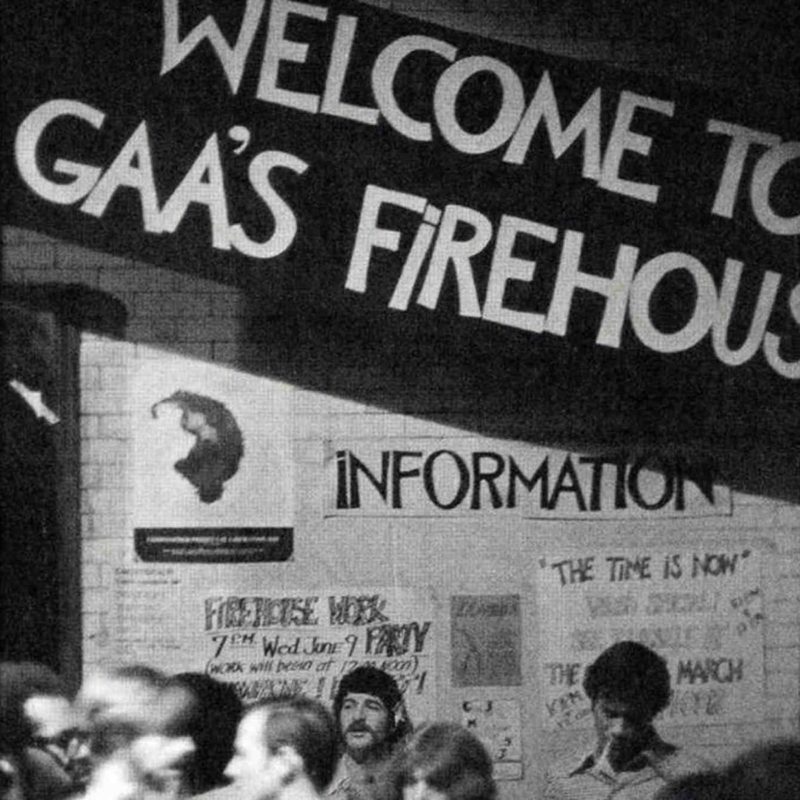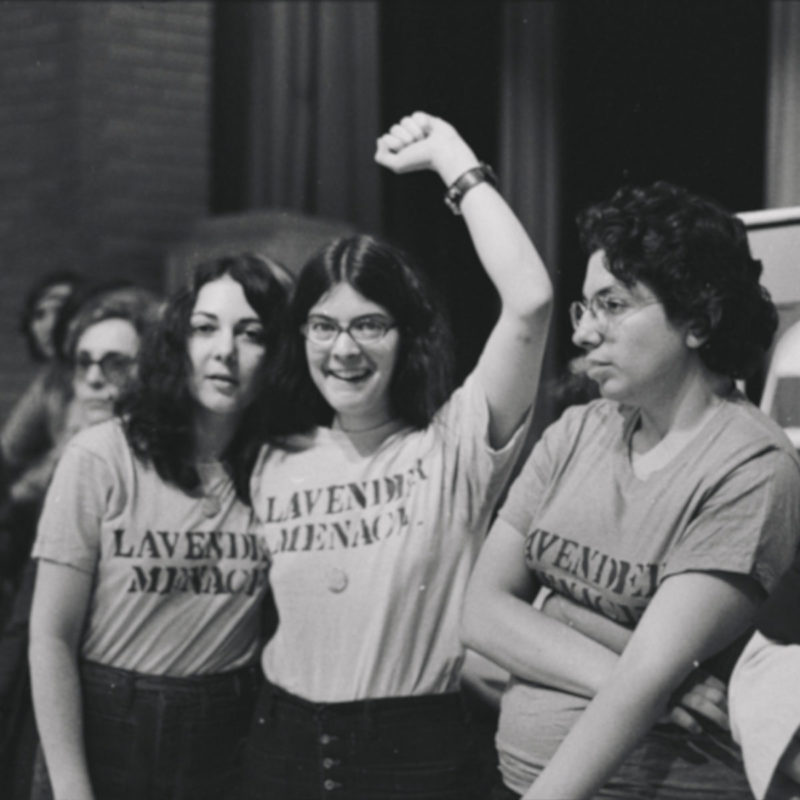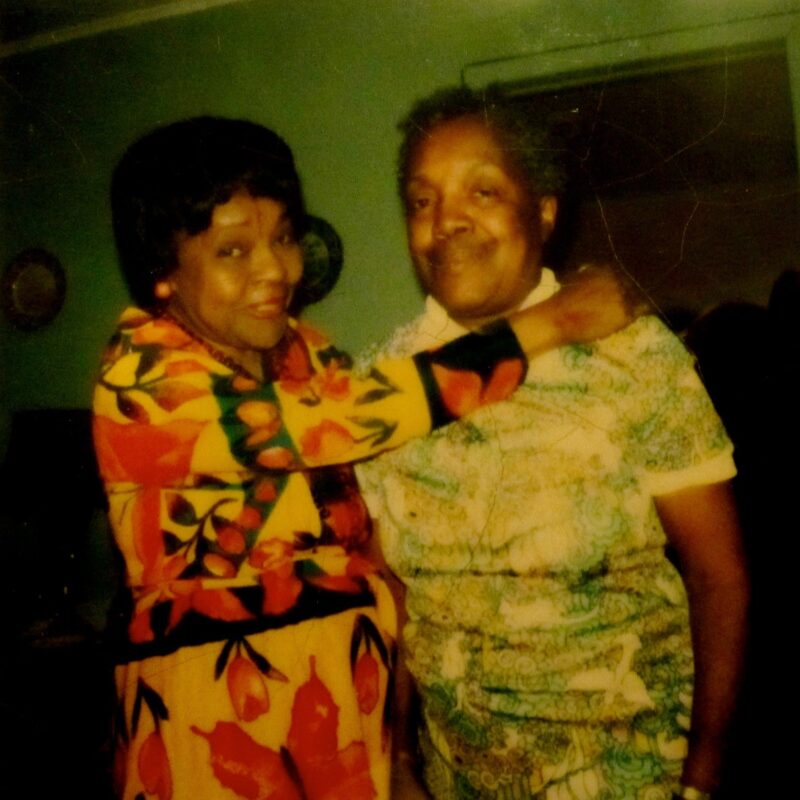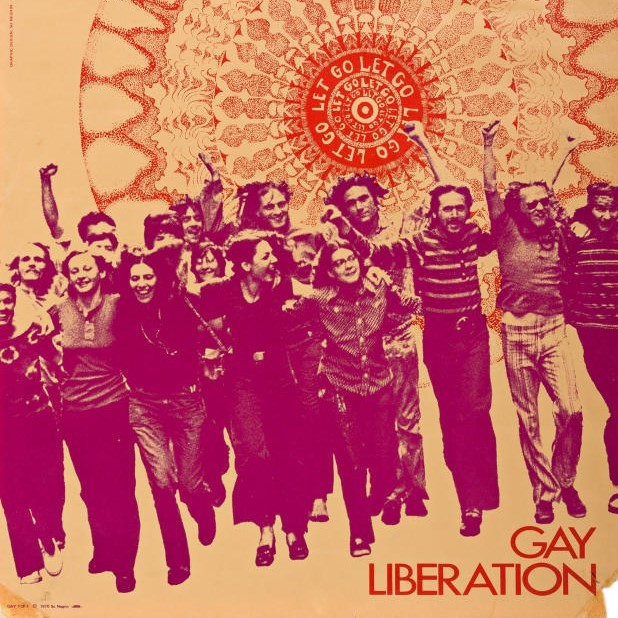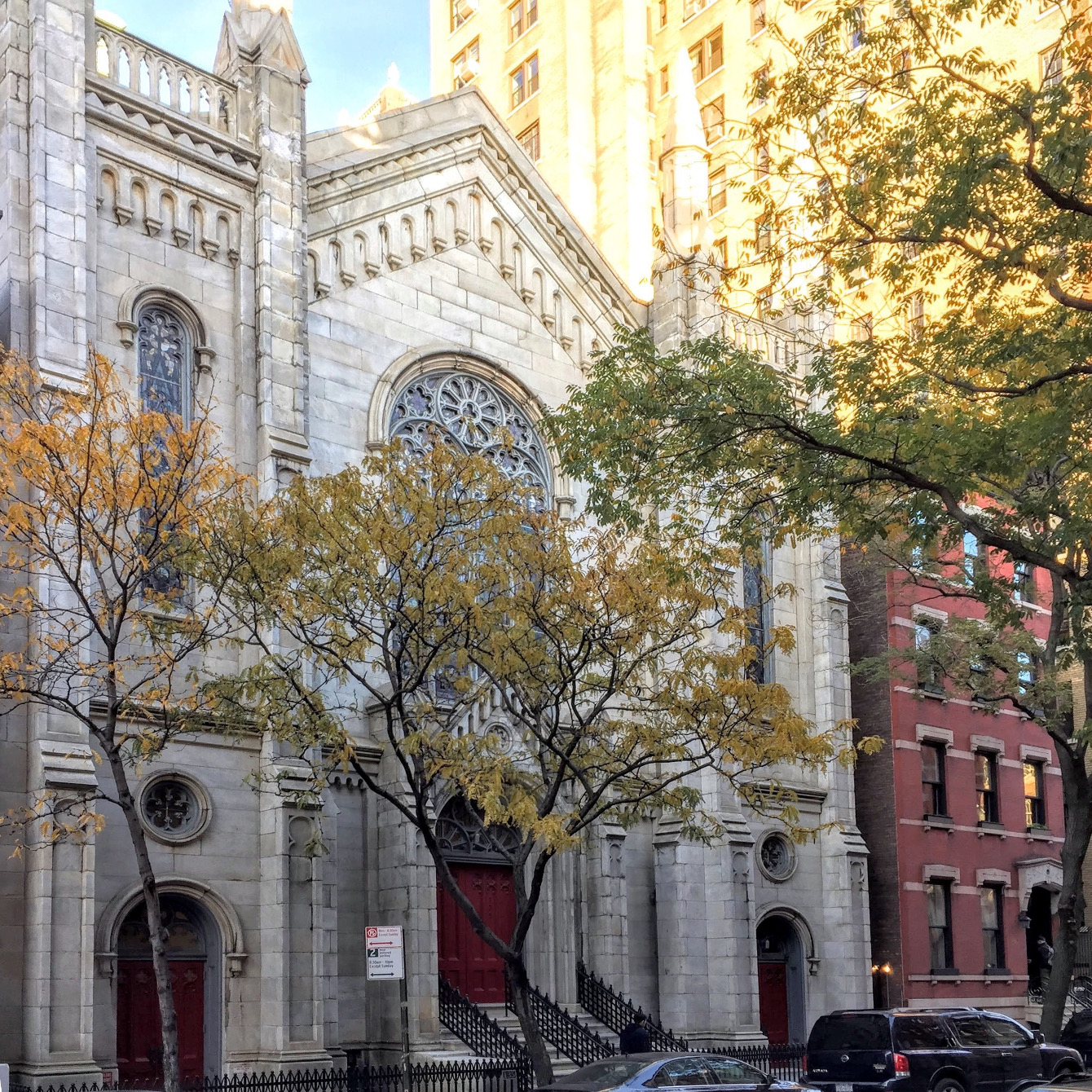
Washington Square United Methodist Church & Parish House
overview
The congregation of this former church was led by the pioneering, openly gay Reverend Paul M. Abels from 1973 to 1984.
The church and neighboring parish house also provided meeting space for a number of LGBT groups, most notably the Salsa Soul Sisters – the oldest Black lesbian organization in America – from 1976 to 1987.
History
The Washington Square United Methodist Church was known for its progressive stance on a number of issues, including its acceptance of the LGBT community. A large number of gay men and lesbians were among its members.
From 1973 to 1984, the Reverend Paul M. Abels led a campaign to restore the church. After publicly acknowledging his homosexuality in 1977, he became the first openly gay minister in the country with a congregation in a major Christian denomination. He also performed “covenant ceremonies” for LGBT couples who were forbidden by law to marry. Although his bishop called for his removal, both regional and national church authorities ruled in his favor. However, in 1984, Rev. Abels left the ministry amidst continuing criticism over his homosexuality.
The church and parish house also provided space for LGBT groups, such as the Gay Liberation Front (GLF); Harvey Milk High School; Metropolitan Community Church of New York; and the Coalition Against Racism, Anti-Semitism, Sexism, and Heterosexism (CRASH), an association of various gay and lesbian groups. In 1972, openly gay health experts led an open community forum to an audience of nearly 100 gay men about the dangers of sexually transmitted diseases, which encouraged the founding of the Gay Men’s Health Project at Liberation House soon after.
The Spiderwoman Theater, co-founded by Muriel Miguel, premiered its first work, Women in Violence, at the church in 1976. Three years later, the New York City Gay Men’s Chorus held its first-ever rehearsal there in 1979. The Blackheart Collective — founded in summer 1980 by 12 Black gay men and made up of musicians, dancers, painters, and writers — held fundraisers here, which consisted of readings and music and dance performances.
Salsa Soul Sisters
From October 1976 to May 1987, the Black and Latina lesbian group Salsa Soul Sisters met in the parish house on Thursday evenings. Founded in 1974 by Reverend Dolores Jackson, Sonia Bailey, Harriet Alston, and others, the group had grown out of the Black Lesbian Caucus, which formed in 1971 as a subcommittee of the Gay Activists Alliance (GAA). They had previously met at the Metropolitan-Duane United Methodist Church (now Church of the Village), beginning in 1974.
There was no other place for women of color to go and sit down and talk about what it means to be a black lesbian in America.
As an alternative to bars where lesbians of color had historically faced discrimination, the Salsa Soul Sisters’ space here provided welcoming social events and weekly meetings on topics such as racism and single lesbian parenting. On occasion, the group partnered with Dykes Against Racism Everywhere (D.A.R.E.), which also met regularly at the church, to confront racist practices, most notably following the 1982 raid at Blue’s bar, a predominantly Black bar in Midtown. This led to the formation of the Anti-Police Abuse Coalition, which also included Black and White Men Together (now Men of All Colors Together).
The group also published the quarterly magazines Azalea: A Magazine by Third World Lesbians (1977) and Salsa Soul Gayzette (1982), and formed the Jemima Writers Collective, all of which were written by and about lesbians of color. In 1987, the Salsa Soul Sisters moved to the Lesbian and Gay Community Services Center (now the LGBT Community Center) and, by 1995, changed its name to African Ancestral Lesbians United for Societal Change (AALUSC). It is credited as the nation’s oldest Black lesbian organization.
In 2004, the church building was sold and converted to private condominiums. The congregation merged with two others to form The Church of the Village on Seventh Avenue and West 13th Street.
Entry by Amanda Davis, project manager, with additional content by Ethan Brown, project consultant (March 2017; last revised March 2023).
NOTE: Names above in bold indicate LGBT people.
Building Information
- Architect or Builder: Gamaliel King (church); Charles Hadden (parish house)
- Year Built: 1859 (church); 1879 (parish house)
Sources
Bruce Lambert, “The Rev. Paul Abels Dies at 54; Gay Pastor Lead ‘Peace’ Church,” The New York Times, March 14, 1992.
David Deitcher, ed., The Question of Equality: Lesbian and Gay Politics in America Since Stonewall (New York: Scribner, 1995). [source of pull quote]
Kevin McGruder, Ph.D., “To Be Heard in Print: Black Gay Writers in 1980s New York,” webinar, Village Preservation, September 14, 2023.
Larry Rohter, “New York Offering Public School Geared to Homosexual Students,” The New York Times, June 6, 1985.
Perry Brass, “A Prophecy Before Our Time: The Gay Men’s Health Project Clinic Opens in 1972,” New York Public Library blog (November 7, 2013), on.nypl.org/2eDa5iQ
“Rev. Paul Abels,” The Lesbian, Gay, Bisexual and Transgender Religious Archives Network, bit.ly/2fbm2ix.
Salsa Soul Sisters Research File, Lesbian Herstory Archives.
Third World Gay Women, Inc., “Salsa Soul Sisters Pamphlet,” Greenwich Village History, bit.ly/2ddFjLG.
“Third World Women’s Gay-Zette,” Fifth Issue, January 1977.
Do you have more information about this site?
This project is enriched by your participation! Do you have your own images of this site? Or a story to share? Would you like to suggest a different historic site?
